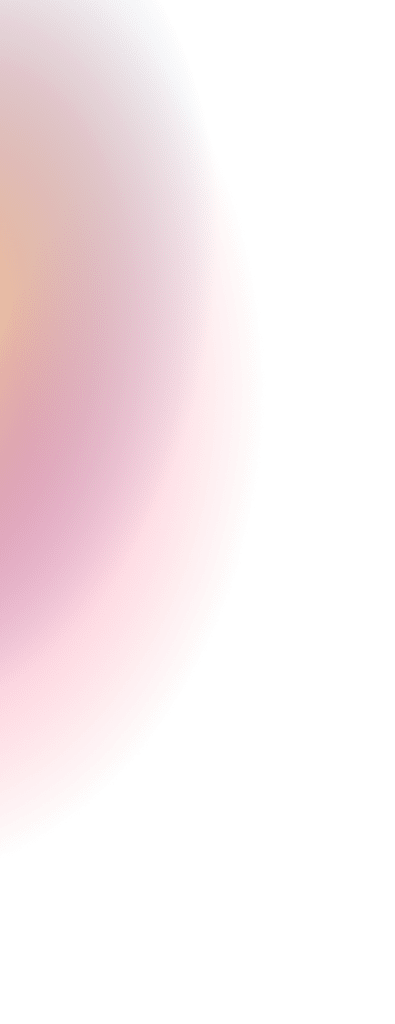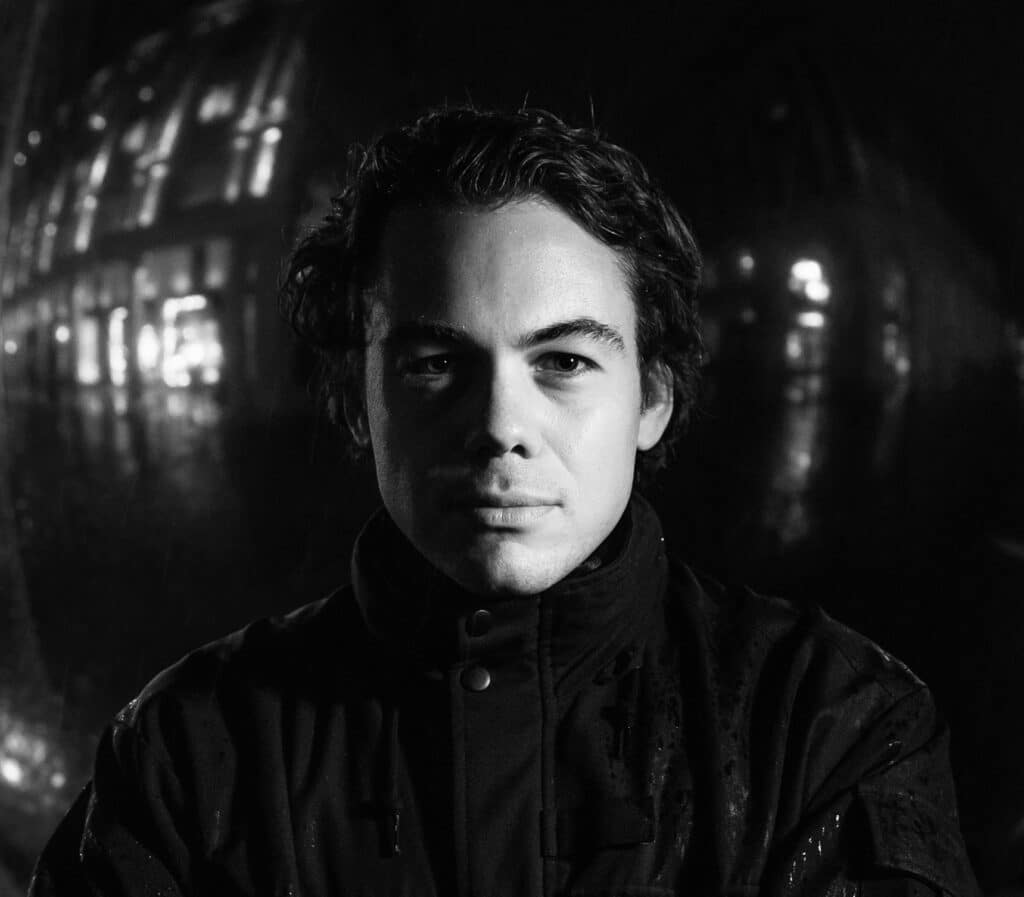
Using an algorithm to rebuild the ice caps
BY JOE ROWAN, September 9 2024
Ever wanted to see the melted ice caps reappear? London-based artist Ben Cullen Williams’s artwork Cold Flux let you do just that at THE HEAT — portraying an alternative, more hopeful reality in which they had never melted, or were able to return.
The work was made using an algorithm developed and built upon with people from Google Arts and Culture with footage taken by Williams of the Larsen B Ice Shelf while in Antarctica with Robert Swan, the first person to walk to the South Pole unaided. Since being shown for the first time at Somerset House for the London Design Biennale in 2021, the work has appeared on the big screens at London’s Piccadilly Circus, before travelling to K-POP Square in Seoul; Shinjuku Crossing in Tokyo; central Riyadh; and Beijing at CAFA, China’s oldest contemporary art museum.


In the piece, a slow tracking shot shows the sides of the icebergs, while the blocks of ice also move within the shots themselves. “The imagery moves from the recognisable to the indistinguishable, flowing and morphing within the steady frame,” Williams says. It is accompanied by a haunting audio track by musician Gaika, and feels at once both digital and natural.
Williams explains his process: “I had this beautiful footage, but not great quality — just shot on a small camera. Three or four years later I was wondering what was going to happen to it, while noticing that the ice caps were getting smaller. […] Just thinking, is technology the answer to rebuild them, and can we just do this digitally in an image-based form?” Williams, 36, then approached the team at Google, who worked to create the algorithm to generate completely new footage of the ice caps based on the original film.
Interestingly, it wasn’t the later, more refined footage that Williams opted for. “It took a long time, maybe a couple of months, to train this model in 2018, 2019. The early iterations were fluid, flowy images that almost made it look like the world was melting. It looked like it was in flux.” It was these “model failures” that became the basis for the work. “I thought there were a lot of similarities aligning with knowledge and non-knowledge, learning and not learning, melting and freezing, crystallisation and hazy beginnings,” he says.

Williams’s next project will be an image-based exhibition in Sicily that will include a series of paintings and prints made using stills from footage of Mount Etna erupting. “I’ve always been interested in my work in shifting landscapes and extreme environments,” he says. There was, of course, no question that he would go up and film the eruption during a residency nearby, even if it meant going close to the lava in the middle of the night. Danger warnings meant that almost all tours had been cancelled — but Williams found one tour guide taking a group up. The result? “It gives this sense of destruction and creation, and the energy of our planet. This crust of magma that turns into this black matter.”
The artist regularly speaks at conferences about the relationship between art and AI, and is often asked whether AI will replace artists. “To me, this is slightly redundant. I think the more interesting conversations are about how we can use AI to challenge some of our pre-existing biases around what beauty is, what art is itself, and whether we can use it as another point of tension to challenge our own human lens on the world which can get a bit rigid,” he says.
One way in which he plays with the audience’s preconceptions is by blurring the lines between what is tech-made and human-made. In his recent work, ‘A Body for Harnasie’, he made some images that look like they were created digitally, and others that feel like they are human-made, yet the reality is that the humanlike images are AI-generated and the digital images are created with more traditional CGI modelling tools. “When you get people’s reaction to the work, it’s completely the opposite to what they were responding to. I’ve been quite liking that tension between what has been created by technology and what has been created by hand, and playing around with the preconceptions we have,” he says.
Learn more about Williams’ work at BenCullenWilliams.net.

